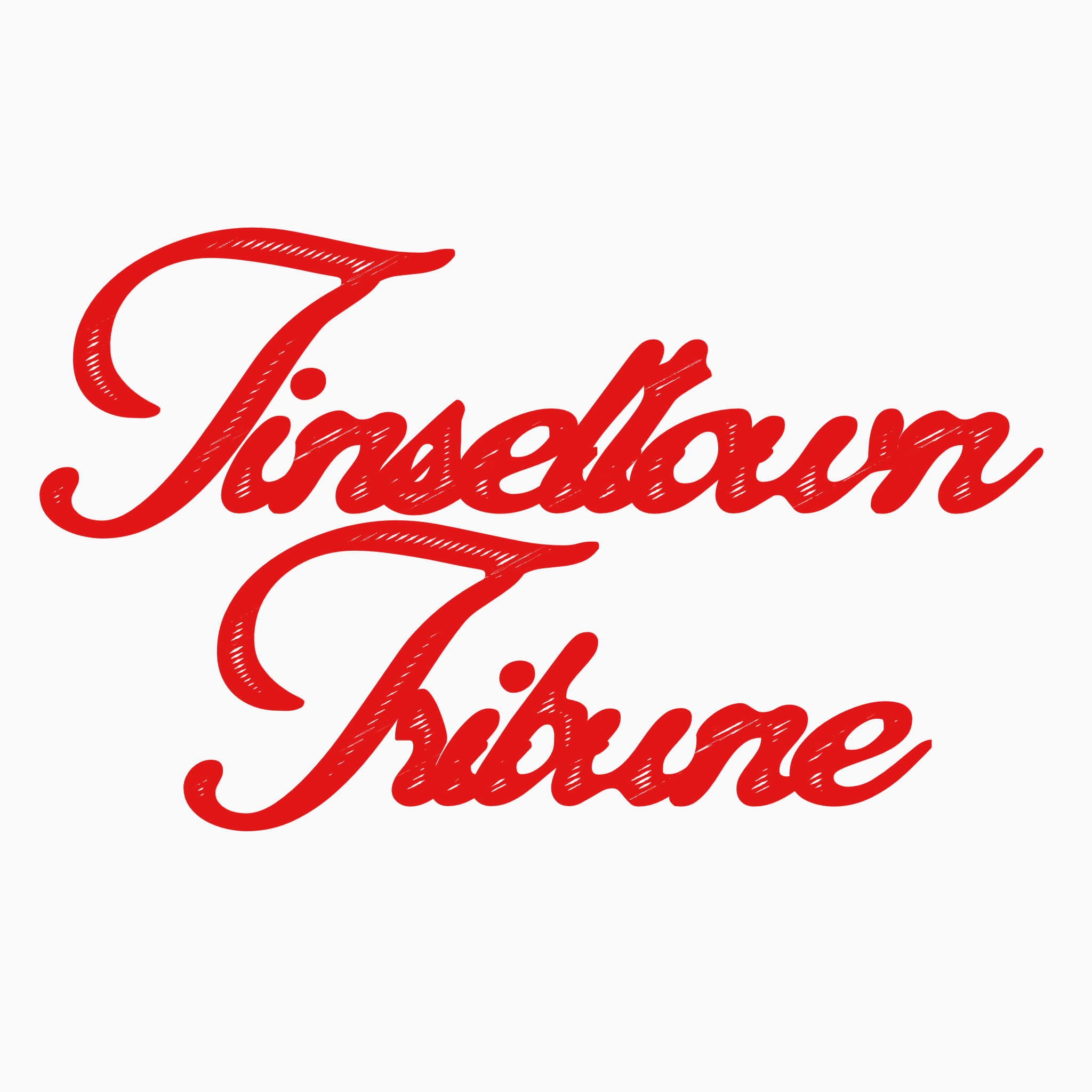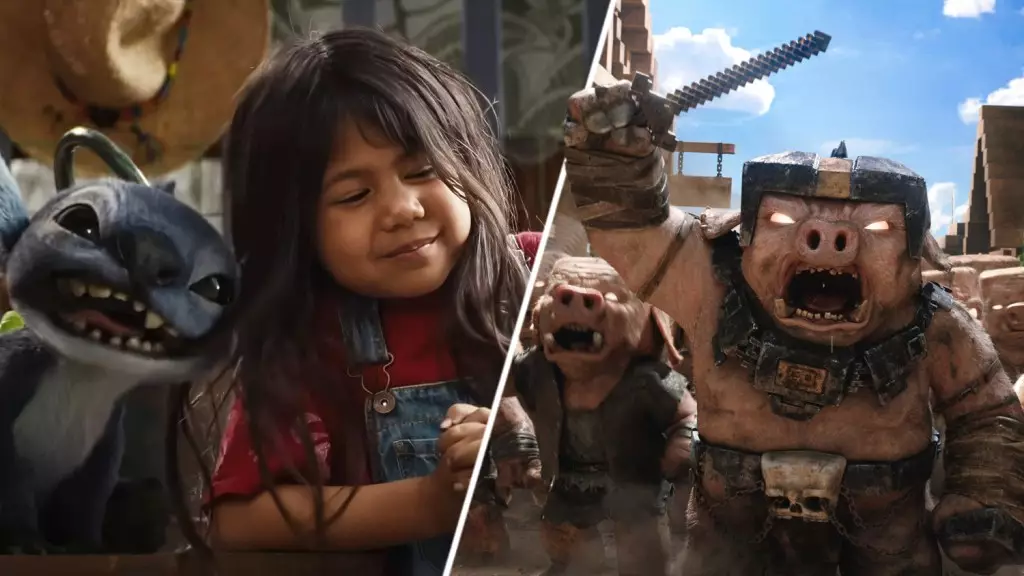In a landscape often dominated by new franchises and experimental cinema, 2025 vividly demonstrates that nostalgia remains an unrivaled engine for box office success. Disney’s revitalized “Lilo & Stitch” proves this point with remarkable clarity. Six weeks into its theatrical run, the film not only defies expectations but is now challenging the dominance of much-hyped animated blockbusters like Warner Bros’ “Minecraft Movie.” This turn of events reveals how well-crafted nostalgia, especially for beloved female-centric properties, resonates deeply with audiences worldwide. It’s not just a fleeting trend; it’s a seismic shift that Hollywood must acknowledge if it wants sustained success.
Diving deeper, the financial numbers are staggering. “Lilo & Stitch” has amassed over $403.7 million domestically, a figure that makes it the top grosser among 2025’s releases within the United States, surpassing even the “Minecraft Movie.” Globally, it is inching closer to breaking the billion-dollar barrier—a feat that industry insiders once thought reserved for rare events. This dominance signals a growing trust in nostalgic properties, suggesting that studios should prioritize revisiting and reinvigorating beloved franchises over constantly chasing the new.
The Power Play of Gender and Cultural Appeal
One of the most compelling insights from this year’s box office data is the realization that nostalgic titles appealing to female audiences are proving especially lucrative. Disney’s “Lilo & Stitch” attracts an audience that’s predominantly women—about 62%—highlighting a market segment that has historically been underserved or underrepresented in blockbuster hits. Similarly, the upcoming “Freakier Friday” sequel with Jamie Lee Curtis and Lindsay Lohan is eagerly anticipated, signaling that studios recognize the deep loyalty and commercial potential of female-centric franchises.
This shift points to a broader industry trend: targeting diverse demographic groups with tailored content brings not just cultural resonance but also significant box office and retail gains. “Moana 2,” which scored a staggering 71% female viewership, exemplifies this trend further. The success of these films underscores a potent formula—leveraging beloved characters, cultural touchstones, and nostalgic storytelling to forge powerful emotional connections that translate into box office numbers and retail sales.
Global Footprint of Nostalgic Success
Examining the international box office reveals that the power of nostalgia isn’t confined within U.S. borders. “Lilo & Stitch” has achieved extraordinary success across multiple “top markets,” including Mexico, France, Brazil, and several Latin American countries. In Mexico alone, it has grossed over $66 million, positioning it as the highest-grossing film of 2025 in that region. It also claims the top spot in markets like France, Italy, Spain, and across Latin America, establishing a global footprint that rivals or surpasses many new releases.
What makes these figures compelling is their longevity and depth. “Lilo & Stitch” is now regarded as the highest-grossing Disney live-action title in markets like Mexico, and its numbers have propelled it into industry all-time best lists. This success indicates a cultural affinity for properties that blend humor, heart, and nostalgia—factors that transcend language and cultural barriers. It’s evidence that well-loved stories and characters retain their magic and marketability, even decades after their debut.
The Business of Nostalgia—Beyond the Box Office
Beyond theatrical grosses, the franchise’s success spills into retail markets and streaming platforms, revealing a multi-dimensional profitability model. Stitch merchandise sales soared from $200 million in 2019 to over $2.6 billion in 2024. This tenfold increase affirms that nostalgic characters like Stitch have become more than just screen icons—they are global consumer commodities. Disney’s strategic value in maintaining merchandise and streaming content centered around nostalgic franchises clearly pays off.
Furthermore, the original “Lilo & Stitch” film on Disney+ has accrued over 306 million hours of viewing globally. This data underscores how nostalgia’s power extends beyond theatrical releases into ongoing engagement—driving subscriptions, merchandise, and brand loyalty. Disney’s sustained investment in this property exemplifies how deeply integrated nostalgia-driven franchises have become in the contemporary entertainment paradigm, shaping consumer behavior across media.
Implications for Hollywood’s Future Strategy
The upward trajectory of nostalgia-based hits in 2025 is more than just a trend; it’s a strategic imperative. Hollywood must recognize that audiences crave familiar, emotionally resonant stories—especially when packaged with high production values and contemporary relevance. Disney’s combination of live-action revivals and sequels illustrates a nuanced understanding: beloved characters and stories can be reinvigorated without losing their core magic.
This shift also suggests that risk-averse studios might find more sustainable success by focusing on evergreen properties rather than over-innovating with new IP. The audience loyalty these franchises foster creates a stable revenue stream, as evidenced by the sustained earnings and global market penetration. As the post-pandemic box office continues to grow more confident, the lesson is clear—nostalgia is not just a sentimental choice but a shrewd business strategy capable of delivering blockbuster results year after year.

